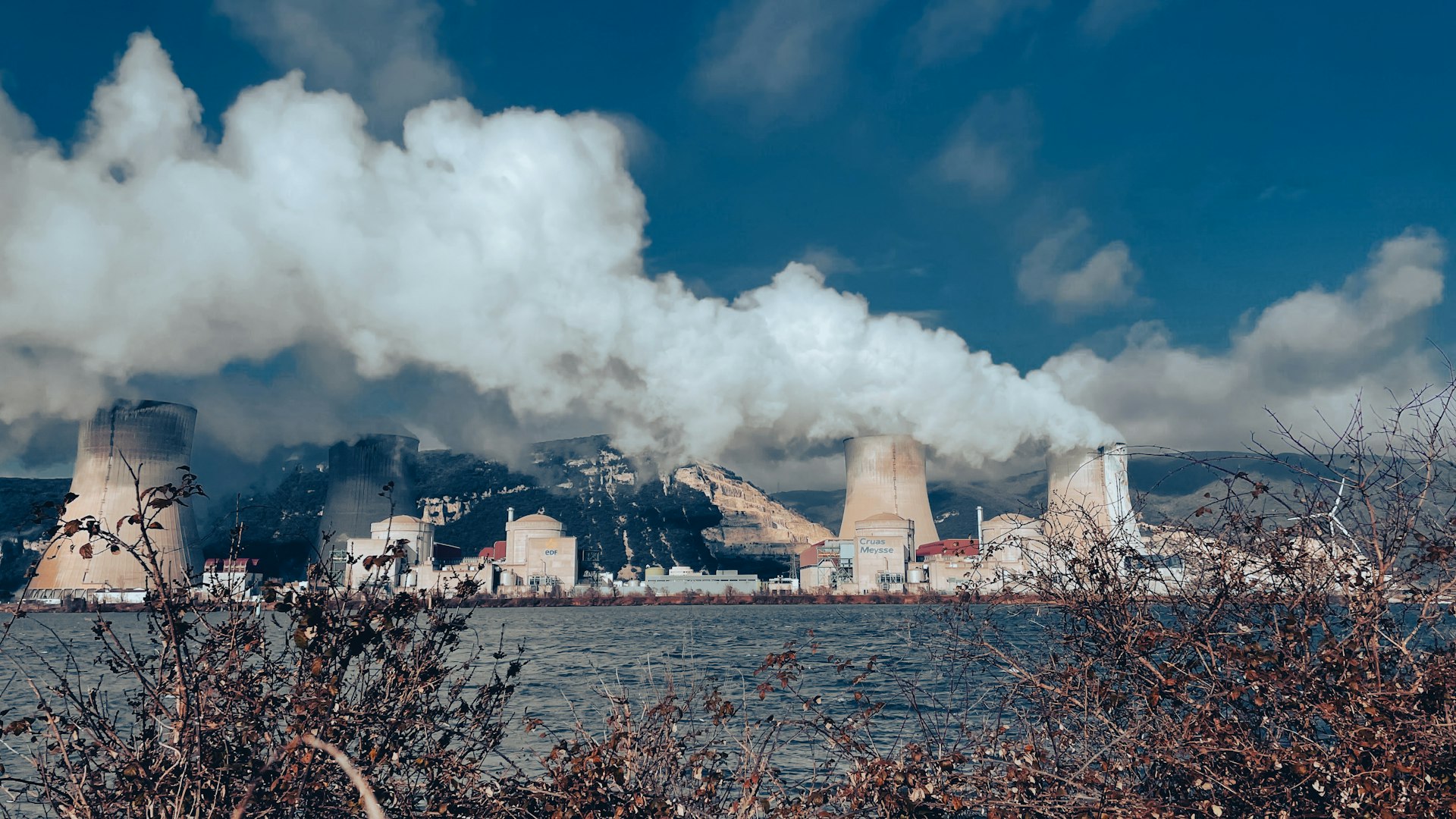Deforestation: The Hidden Costs and Environmental Consequences

Photo by Robert Seidel on Unsplash
Introduction
Deforestation-the large-scale removal of forests for agriculture, industry, and urban development-is one of the most urgent environmental issues facing our planet. While forests cover only about 31% of the Earth’s land area, they are critical to global climate regulation, biodiversity, and human health. When forests disappear, the effects ripple across ecosystems, weather patterns, and societies. This article explores the negative effects of deforestation on the environment and what you can do to help mitigate these impacts.

Photo by Alexander Klimm on Unsplash
Climate Change and Carbon Emissions
One of the most significant negative effects of deforestation is its contribution to climate change. Forests act as major carbon sinks, absorbing more carbon dioxide from the atmosphere than they release. When trees are cut down or burned, the carbon stored in their biomass is released into the atmosphere, increasing greenhouse gas concentrations and contributing to global warming [1] .
Estimates suggest that deforestation accounts for 12-20% of all global greenhouse gas emissions, with tropical rainforests like the Amazon being especially important due to their high carbon storage capacity [1] . The loss of these forests not only stops carbon absorption but also disrupts global rainfall patterns, atmospheric cooling, and temperature stability, leading to more extreme weather events such as droughts, floods, and stronger storms [1] .
As deforestation continues, the feedback loop intensifies: higher global temperatures increase the likelihood of forest fires, which cause more deforestation and release even more carbon dioxide, further accelerating climate change [2] .
Disruption of Water Cycles
Forests play a vital role in regulating the water cycle. Trees absorb rainwater through their roots, filter impurities, and release moisture into the atmosphere through transpiration. This process helps maintain groundwater levels, prevents soil erosion, and ensures clean water supplies for communities and wildlife [1] .
When forests are cleared, the land loses its ability to retain water. Rainwater runs off more quickly, carrying soil, chemicals, and debris into rivers and streams. This not only pollutes water sources but also increases the risk of flooding and reduces the availability of clean water for drinking, agriculture, and sanitation [1] . In regions like the Amazon, deforestation has been linked to changes in rainfall patterns, which can affect weather systems thousands of miles away [2] .
Loss of Biodiversity and Habitat Destruction
Forests are home to more than 80% of terrestrial species, including iconic animals like jaguars, pandas, and countless plants and insects [3] . Deforestation leads to habitat loss and fragmentation, isolating populations and reducing genetic diversity. This makes species more vulnerable to extinction and disrupts entire ecosystems [2] .
As human activities encroach on natural habitats, the likelihood of human-wildlife conflict increases, often resulting in harm to both animals and people [2] . The loss of biodiversity also weakens ecosystems’ resilience to climate change, pests, and diseases, making it harder for natural systems to recover from disturbances.
Soil Erosion and Degradation
Tree roots anchor soil and prevent erosion. When forests are cleared, especially on slopes or in areas with heavy rainfall, the exposed soil is easily washed or blown away. This leads to the loss of fertile topsoil, which is essential for agriculture and plant growth [3] .
In regions like northeastern Iran and Java, Indonesia, deforestation for agriculture and cattle ranching has caused severe soil erosion, resulting in the loss of millions of tons of topsoil each year. This not only reduces agricultural productivity but also pollutes waterways with sediment and chemicals, further degrading the environment [3] .
Air and Water Pollution
Forests naturally filter pollutants from the air and water. Trees absorb carbon dioxide and release oxygen, improving air quality. When forests are removed, this cleansing process stops, and air pollution increases [1] .
Slash-and-burn methods of deforestation release smoke, toxic gases, and particulate matter, worsening air quality and posing health risks, especially for people with respiratory conditions [1] . Deforested areas are also more prone to dust storms and the spread of airborne pathogens.
Water pollution increases as runoff carries soil, pesticides, and fertilizers into rivers and lakes, making water unsafe for drinking and harming aquatic life [1] .
Spread of Diseases
Deforestation brings humans and wildlife into closer contact, increasing the risk of zoonotic diseases-those that jump from animals to humans. As natural barriers disappear, disease-carrying animals like mosquitoes and rodents move into human settlements, raising the risk of outbreaks such as Ebola, malaria, and COVID-19 [1] .
Changes in land use and habitat destruction can also create conditions that favor the spread of pathogens, further endangering public health. In the Amazon, deforestation has been linked to increased malaria transmission as mosquito habitats expand into cleared areas [1] .
Economic and Social Impacts
While deforestation is often driven by the demand for agricultural land, timber, and urban expansion, the long-term economic costs can outweigh short-term gains. Soil degradation reduces agricultural productivity, leading to food insecurity and economic hardship for rural communities. Water pollution and scarcity affect health and livelihoods, while the loss of ecosystem services-such as pollination, water purification, and climate regulation-has global economic consequences.
Indigenous peoples and local communities, who depend on forests for their culture, food, and medicine, are disproportionately affected by deforestation. The loss of forest resources threatens their way of life and cultural heritage.
What Can Be Done?
Addressing deforestation requires coordinated action at local, national, and global levels. Here are some steps individuals, communities, and policymakers can take:
- Support Sustainable Agriculture: Choose products certified by organizations like the Forest Stewardship Council (FSC) or Rainforest Alliance, which promote responsible forest management.
- Reduce Meat Consumption: Animal agriculture, especially cattle ranching, is a leading driver of deforestation. Reducing meat consumption or choosing plant-based alternatives can help lower demand for deforested land [3] .
- Advocate for Policy Change: Support policies and legislation that protect forests, promote reforestation, and hold corporations accountable for unsustainable practices.
- Participate in Reforestation Efforts: Join or donate to organizations that plant trees and restore degraded ecosystems.
- Educate and Raise Awareness: Share information about the impacts of deforestation and encourage others to make environmentally conscious choices.
For more information on how to get involved, consider visiting the websites of reputable environmental organizations or searching for local conservation groups in your area. Many organizations offer volunteer opportunities, educational resources, and ways to support reforestation projects.
Conclusion
Deforestation has far-reaching and interconnected effects on the environment, from accelerating climate change and biodiversity loss to increasing air and water pollution and the spread of disease. These impacts threaten not only wildlife and ecosystems but also human health, food security, and economic stability. By understanding the consequences of deforestation and taking action to protect and restore forests, we can help safeguard the planet for future generations.
References
[1] Climate Impact Partners. Effects of Deforestation. Comprehensive overview of deforestation’s environmental and health impacts, including climate change, air and water quality, and disease spread.
[2] International Fund for Animal Welfare. Deforestation and Wildlife: Causes and Effects. Detailed analysis of how deforestation disrupts ecosystems, water cycles, and wildlife habitats.
[3] The Humane League. Effects of Deforestation on Humans and the Environment. Examines the broader environmental, social, and economic consequences of forest loss, with a focus on soil erosion and agricultural impacts.
MORE FROM promohunterpro.com













